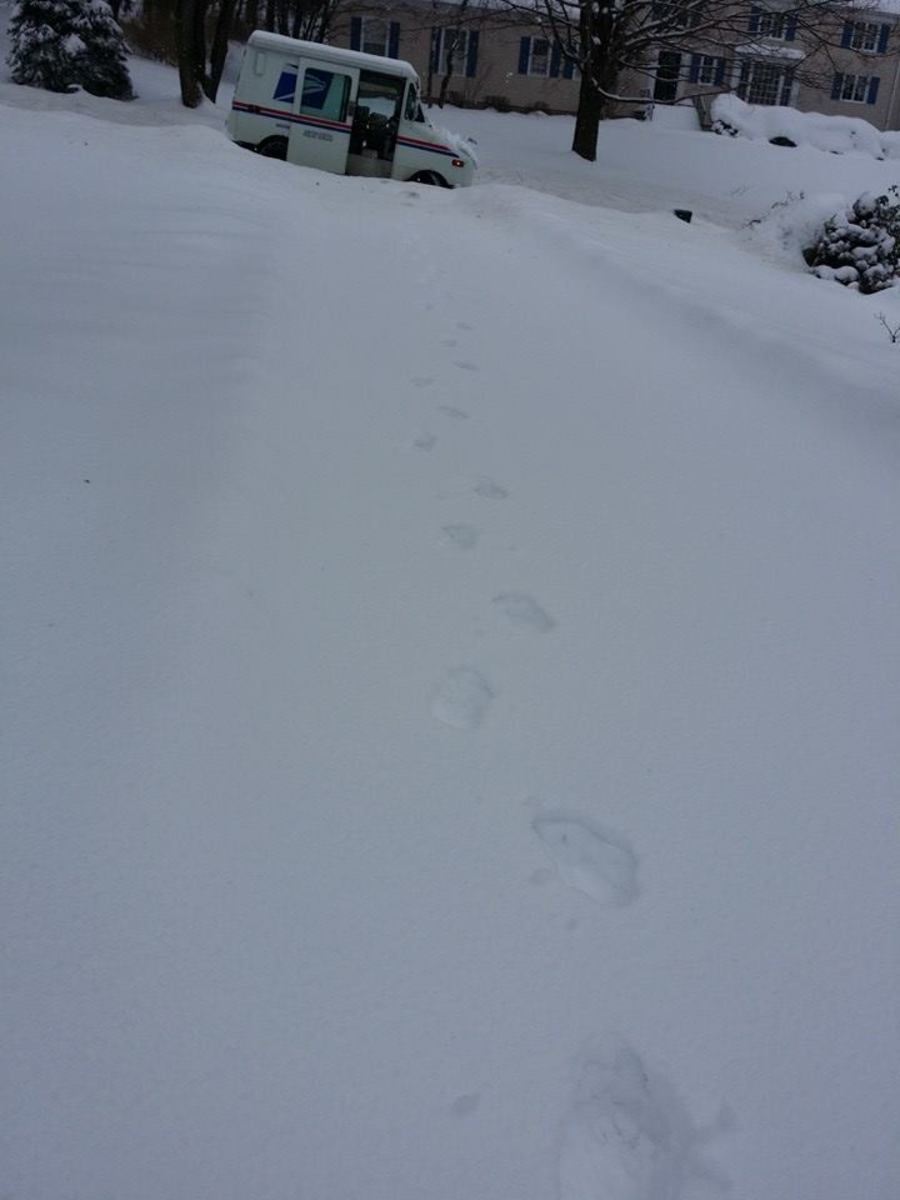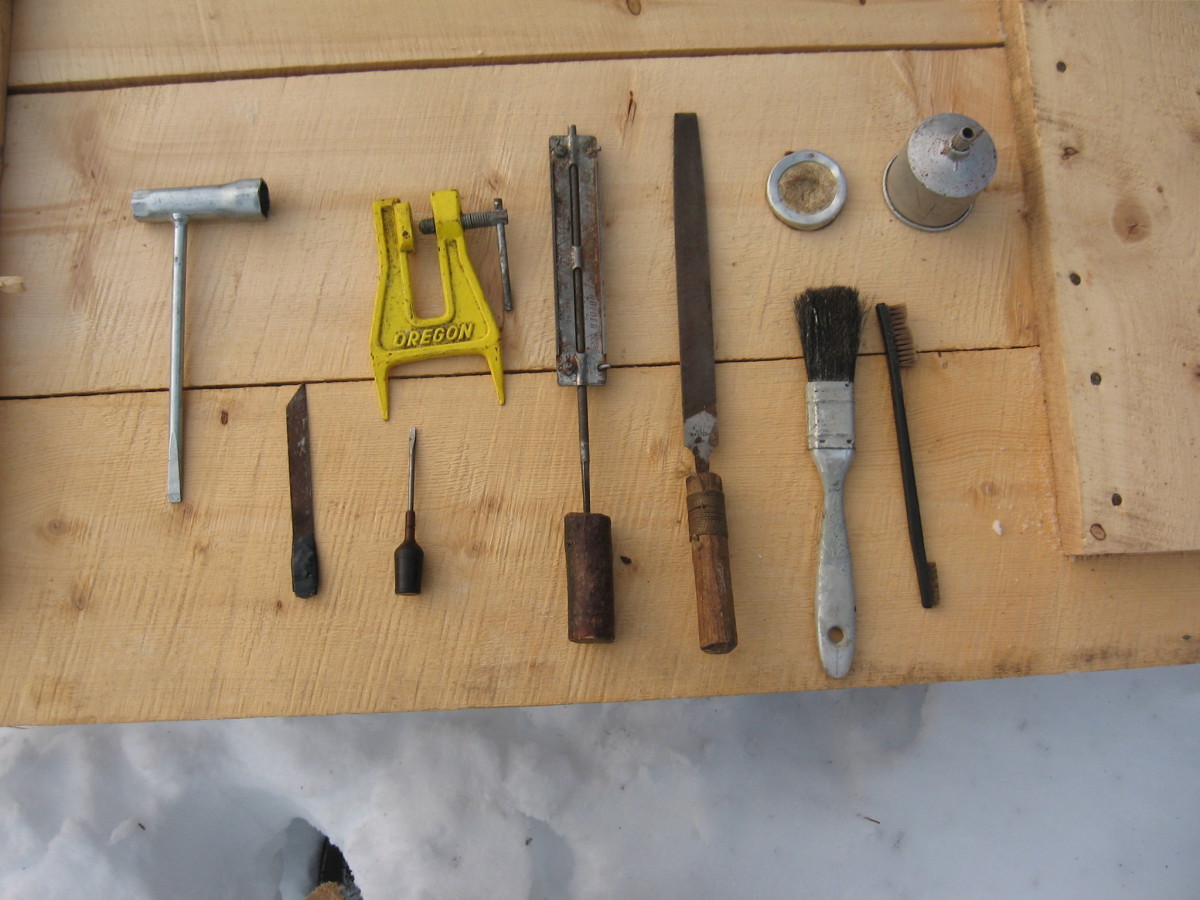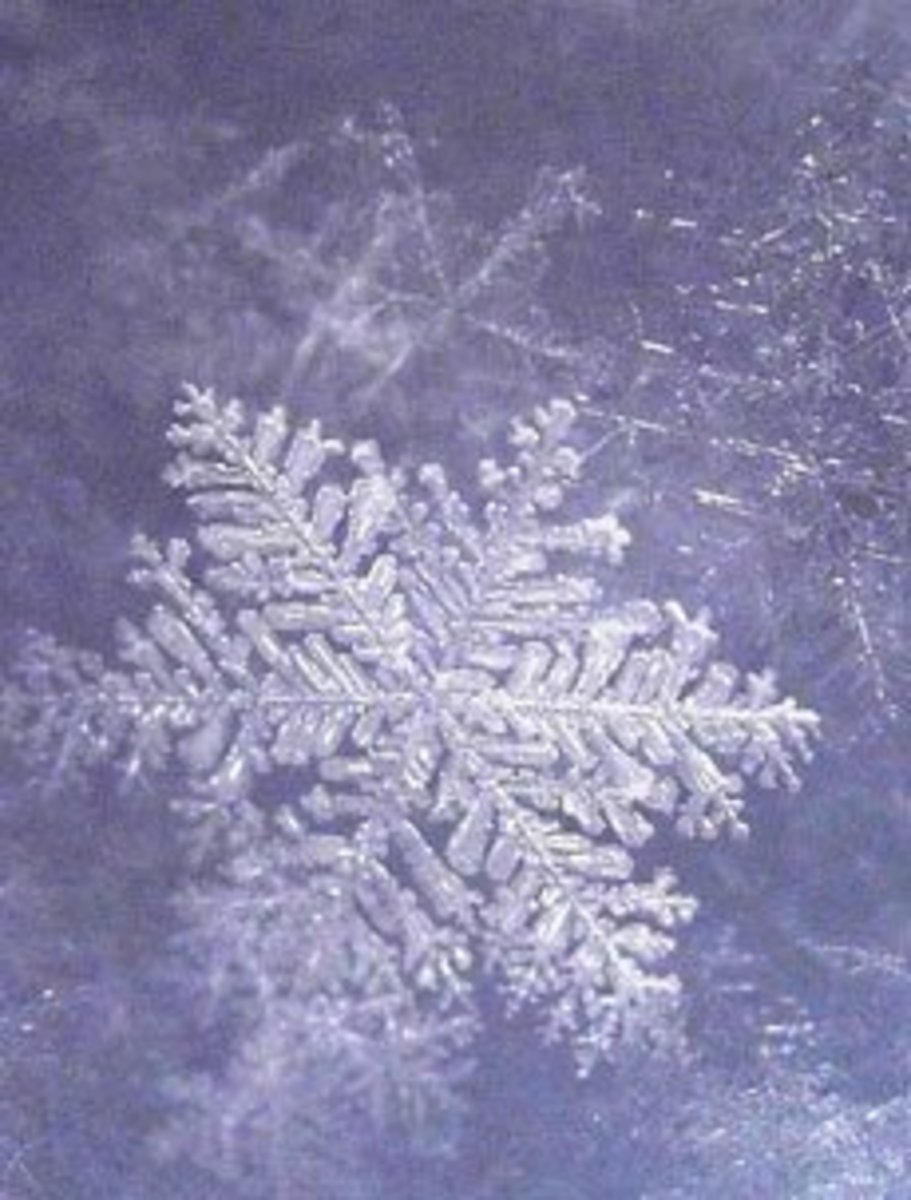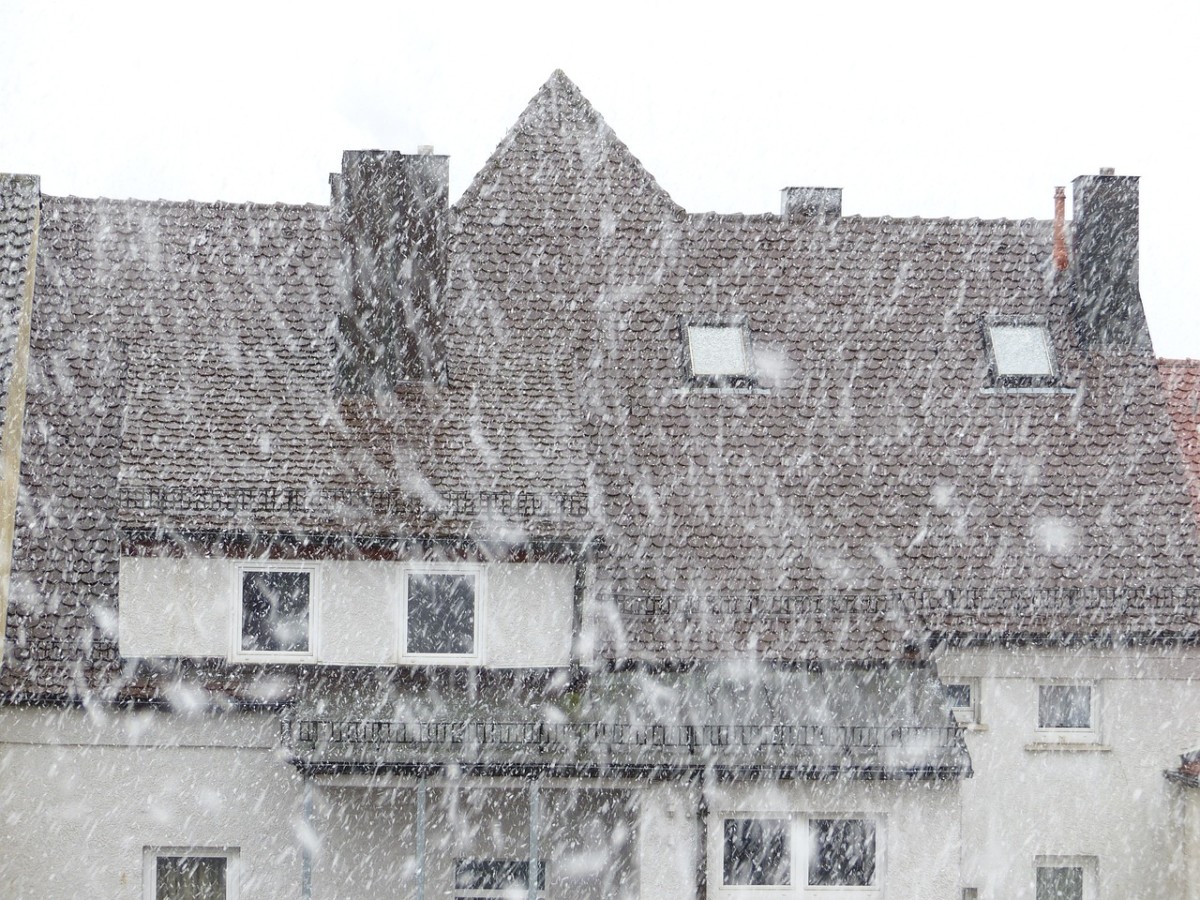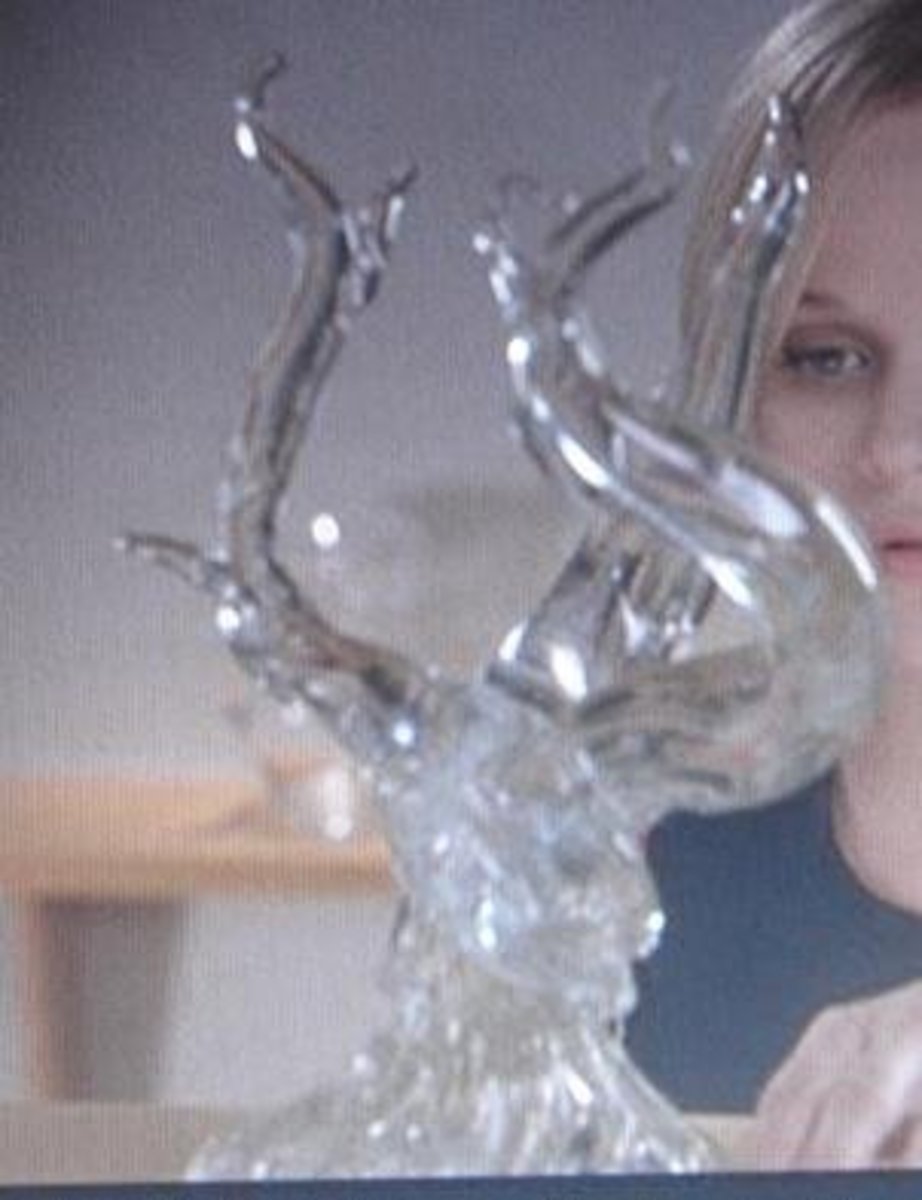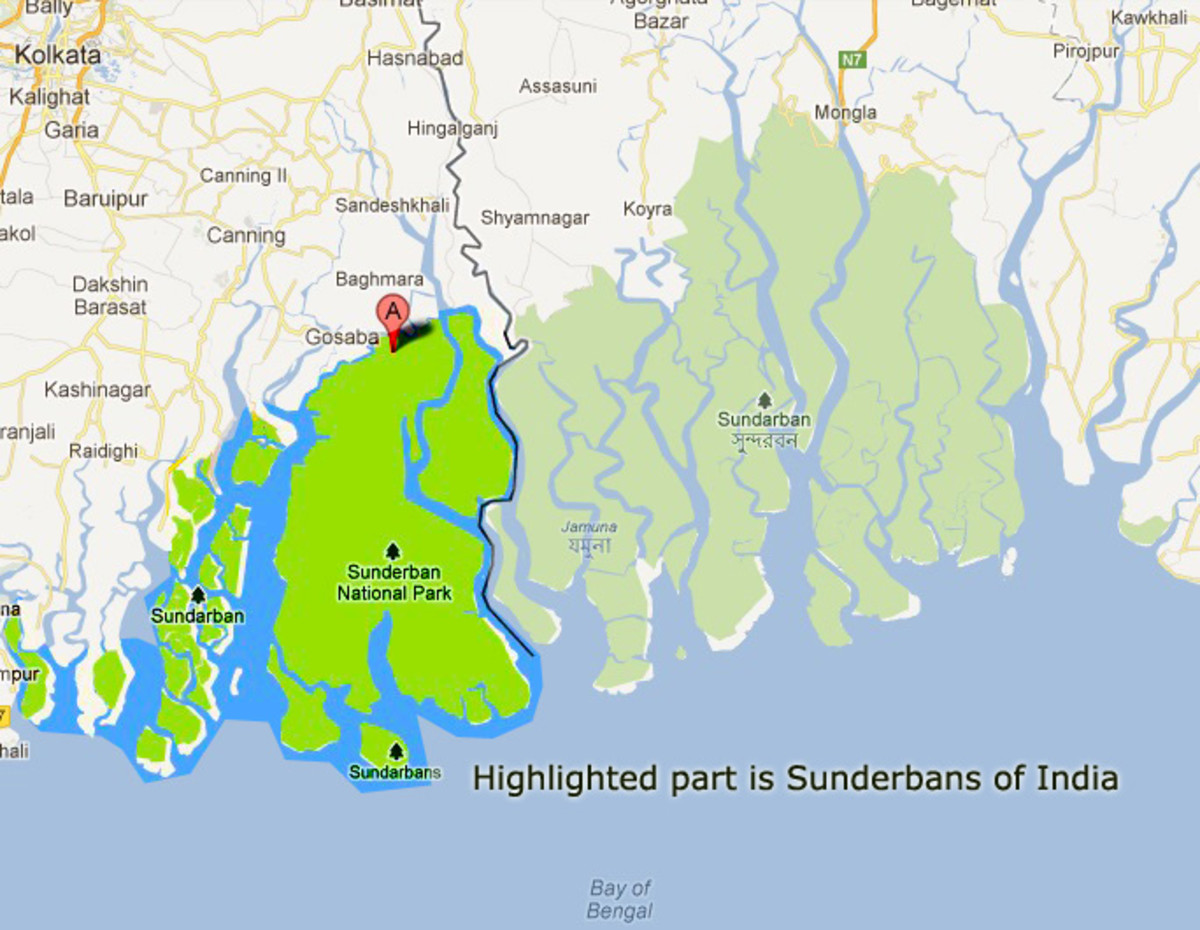Winter Weather - Snow Words
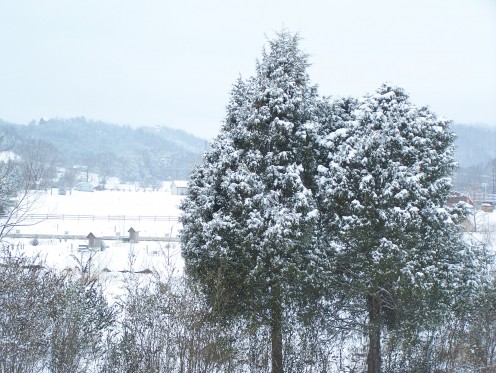
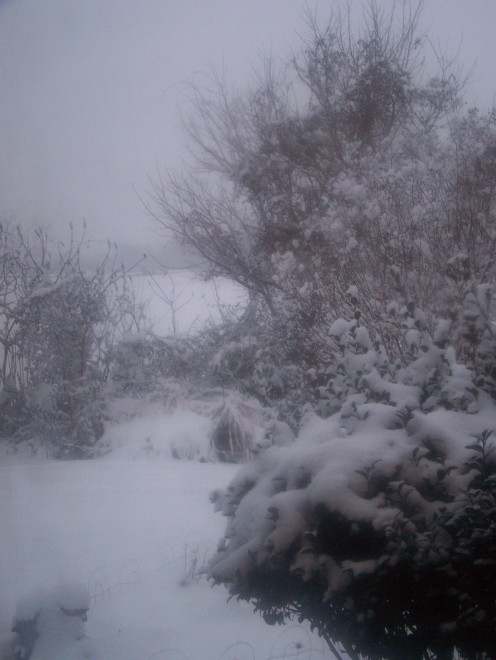
A Guide for the Non-Weather Person
I never knew there were so many different kinds of snow. Snow is just snow – right? Wrong. Here’s what I learned when I became puzzled by the weather person’s terminology during a particularly snowy winter.
In general, snow is a combination of ice crystals that form snowflakes at temperatures below freezing (32°F). Falling snow is classified as light, moderate or heavy.
More specifically, there are two kinds of snow – wet and dry. Well, all snow is wet, isn’t it? No, not really. Wet snow forms when the temperature is at about 32°F. It is partially melted before it hits the ground, so it is denser and therefore, wetter. Sometimes the wet snowflakes clump together to make very large flakes. Accumulation is greater with wet snow and it makes great snowballs.
Dry snow has very little liquid content and has more air in it. It is less dense and it’s hard to make snowballs with it. Dry snow makes great snow cream.
How to Make Snow Ice Cream
- about 8 cups fresh, clean dry snow
- 1 cup milk
- 2 tbsp. vanilla
- 1/2 cup sugar
Stir the milk, vanilla and sugar with a whisk in a large bowl. Add the snow and mix in. Serve immediately.
Snow grains are one type of dry snow. They are small grains of ice so not much accumulation is achieved.
Snow pellets are also dry snow. They are snowflakes that melt half-way and then refreeze.
Thunder snow is another story. Also known as a winter thunderstorm or a thunder snowstorm, thunder snow is pretty rare. In this phenomenon, snow falls instead of rain but thunder and lightning are still present.
Now, when the weatherman (or woman) talks about snow, you'll actually understand what's going on!
- Snow Day Fun
With the seemingly endless onslaught of freezing precipitation this winter, it appears that our children will never be going back to school and will have to repeat their current grade levels. Boredom has set...


